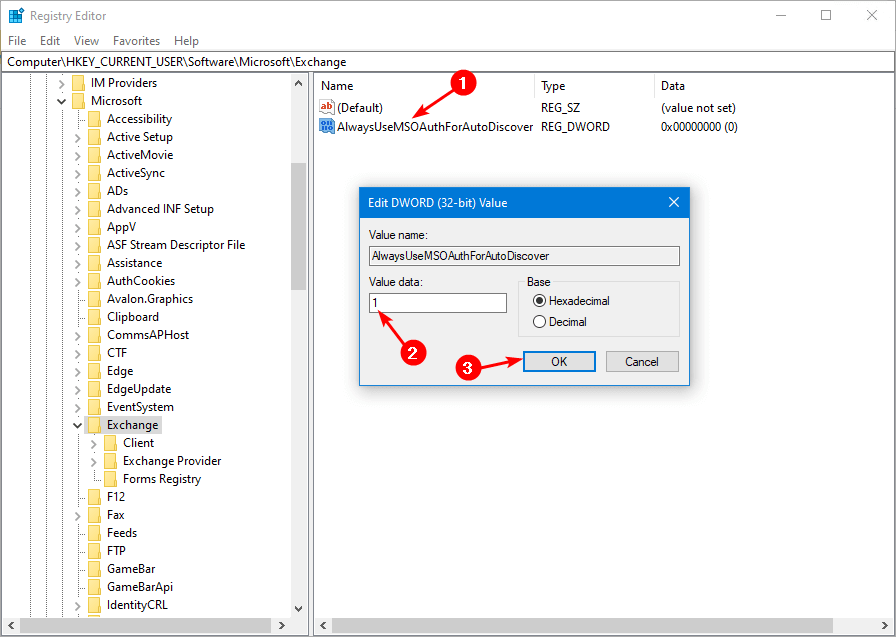

Sufficient time had passed for any Autodiscover caching on servers to have expired.The virtual directory settings on servers had not been incorrectly modified.The namespace and SSL certificate configurations were correct.It’s difficult to write this article without going into a long list of possible causes of authentication prompts in Outlook, but in the cases I had looked at: For a domain-joined computer running Outlook and connecting to Exchange, authentication prompts should be non-existent, assuming everything is configured correctly. But every now and then I’ll encounter an intermittent issue with users reporting unexpected Outlook authentication prompts. My build process is fairly well refined, and avoids common issues like incorrect namespace configuration or invalid SSL certificates. Certain document review and proofing resources may become available.I build a lot of Exchange environments – for customers, for testing, for training courses.Search for online templates is enabled.Insertion of Online Pictures is enabled.When you enable the Allow Office to connect to the Internet setting, this affects other features in Office. You can set this to Not Configured or Enabled and then select the Allow Office to connect to the Internet online content option.

Find these templates under Tools | Options | General | Service Options, Online Content. The Online Content Options policy setting is located under the Microsoft Office 2019, Office 2016, Office 2013, or Outlook for Office 365 administrative template. Your administrator will have to change the policy to change this setting.

When you select Need Password, you receive the following message: This feature has been disabled by your administrator. When you start Outlook, it is unable to connect, and it displays Need Password in the status bar. You are prompted for your password every time that Outlook starts, even if you enabled the Remember my credentials option. When you connect to a Microsoft Exchange 2016, Exchange 2013, or Microsoft Office 365 mailbox in Microsoft Outlook 2019, Outlook 2016, Outlook, 2013 or Outlook for Office 365, you experience one of the following symptoms:


 0 kommentar(er)
0 kommentar(er)
